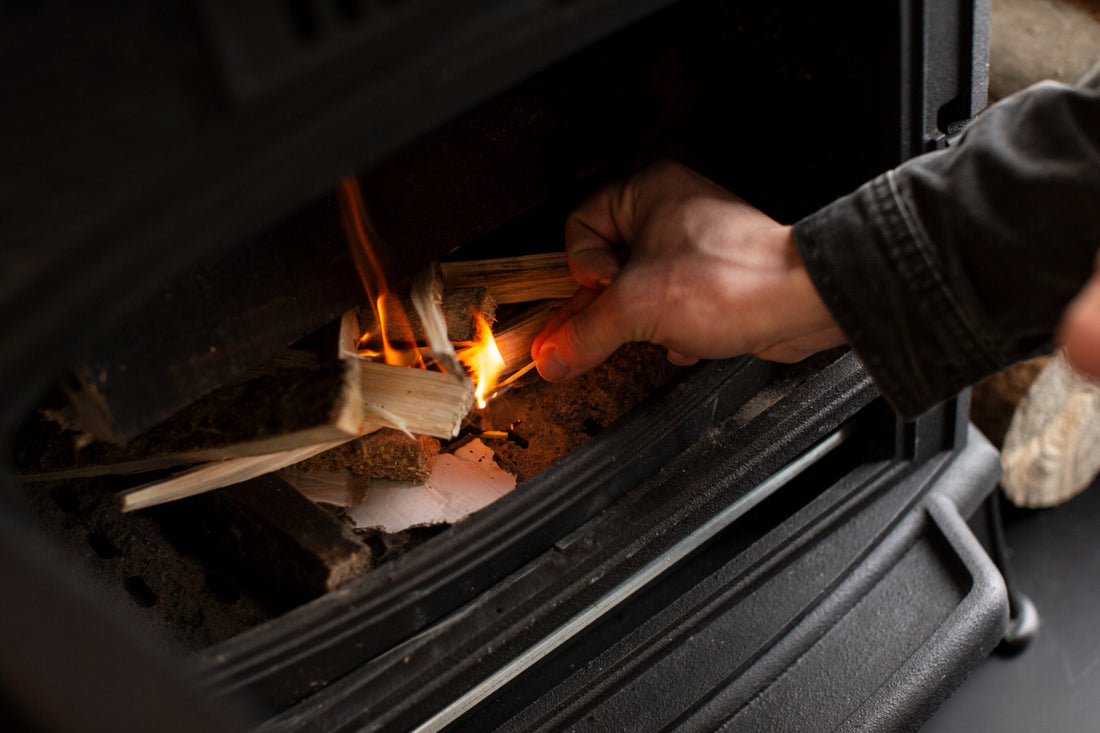Cremation has become an increasingly popular choice for handling the remains of loved ones due to its simplicity, affordability, and flexibility. Many people are curious about how cremation actually works, but the process can seem mysterious if you've never experienced it before. This guide aims to explain cremation in simple terms, helping you understand each step of the process and what you can expect.
What Is Cremation?
Cremation is the process of reducing a body to its essential elements through intense heat. Unlike traditional burial, which involves placing the body in the ground, cremation takes place in a specially designed furnace called a cremation chamber or retort. The process leaves behind bone fragments that are then processed into a fine, ash-like substance, commonly referred to as cremated remains or ashes.
People choose cremation for a variety of reasons, including religious beliefs, environmental concerns, and financial considerations. Cremation offers flexibility, allowing families to keep, bury, or scatter the ashes in a way that feels meaningful to them.
The Cremation Process Step-by-Step
The cremation process can be broken down into a few key steps, each of which serves an essential purpose. Here’s a straightforward look at what happens from start to finish:
Step 1: Identification and Authorization
Before the cremation can begin, proper identification and authorization are required. This ensures that the crematorium follows the family's wishes and complies with legal regulations. Here’s what this stage typically involves:
- Identification of the Deceased: To ensure accuracy, the deceased’s identity is confirmed through an identification tag. This ID tag stays with the body throughout the entire process.
- Authorization for Cremation: A legal document known as a cremation authorization form must be signed by the next of kin. This form gives the crematory permission to proceed with the cremation.
- Legal and Medical Requirements: The crematorium checks for necessary permits and verifies that there are no medical devices (like pacemakers) that could interfere with the process.
This initial step is crucial to ensure that the cremation is conducted properly and in accordance with the family's wishes.
Step 2: Preparation of the Body
After authorization, the body is prepared for cremation. This process is respectful and focuses on readying the body for the cremation chamber.
- Clothing and Personal Items: Most crematories allow the body to be cremated in clothing if the family prefers. Personal items and jewelry are removed to prevent damage or interference during cremation.
-
Placement in a Cremation Container: The body is placed in a cremation container, which is often a sturdy, combustible box made of materials like wood or cardboard. This container provides dignity, facilitates handling, and is designed to burn completely during the cremation process.

Step 3: The Cremation Process
Once the body is prepared and placed in the cremation container, the actual cremation process begins. This is when the body is placed in the cremation chamber and subjected to high heat.
- The Cremation Chamber: The container with the body is placed inside the cremation chamber, a specially designed furnace that can reach temperatures between 1,400 and 2,000 degrees Fahrenheit (760-1,090 degrees Celsius). The intense heat helps to break down the body, reducing it to its essential elements.
- Duration of Cremation: The cremation process typically takes 1.5 to 3 hours, depending on factors such as the body’s size and weight. Modern cremation chambers are designed to be highly efficient and operate with minimal environmental impact.
Step 4: Processing the Remains
After the cremation is complete, what remains are mostly bone fragments, which are carefully collected and processed to create the fine, ash-like substance commonly called ashes.
- Cooling Period: The remains are allowed to cool before handling, as they are extremely hot immediately after cremation.
- Removal of Metal Objects: Any metal items, such as pins, screws, or joint replacements, are removed with a magnet or by hand. These are often recycled.
- Grinding the Bone Fragments: The remaining bone fragments are placed in a specialized processor that grinds them into a fine powder, creating what we recognize as ashes. This process ensures that the remains are uniform in appearance.
Step 5: Returning the Ashes to the Family
Once the ashes are processed, they are placed in a temporary container or an urn chosen by the family. The crematorium then returns the ashes to the family along with any necessary documentation, including a cremation certificate.
- Choice of Urns: Families can choose to keep the ashes in a decorative urn or transfer them to a special container later.
- Options for Ashes: The family can keep the ashes at home, scatter them in a meaningful location, or bury them in a cemetery or memorial garden. Some families also choose unique options, like incorporating ashes into jewelry or planting them with a memorial tree.
Common Questions About Cremation
Is cremation allowed in all religions?
Cremation is accepted by many religions but not all. For example, Hinduism and Buddhism widely accept cremation, while traditional Jewish and Islamic practices typically prefer burial. However, attitudes toward cremation are evolving, so it’s best to consult with religious leaders if you have specific concerns.
How much does cremation cost?
Cremation is generally more affordable than a traditional burial, though costs vary by location and the specific services chosen. A simple cremation can range from $1000 to $3,000, while a full-service cremation with a ceremony may be more expensive.
Is cremation environmentally friendly?
Cremation has a lower environmental impact than traditional burials, as it doesn’t require land or embalming chemicals. However, it does release carbon emissions. Newer methods, like water cremation (alkaline hydrolysis), offer even more eco-friendly alternatives.
Final Thoughts on the Cremation Process
Cremation is a respectful and dignified method for handling a loved one’s remains. Understanding how it works can provide peace of mind and help families make informed decisions during a difficult time. The process is straightforward yet carefully regulated to ensure that every step honors the deceased and respects the family’s wishes.
Whether you're considering cremation for a loved one or preplanning for yourself, knowing what to expect can make the experience feel less daunting. From preparation to the return of ashes, cremation provides a meaningful way to say goodbye and honor the memories of those we cherish.

